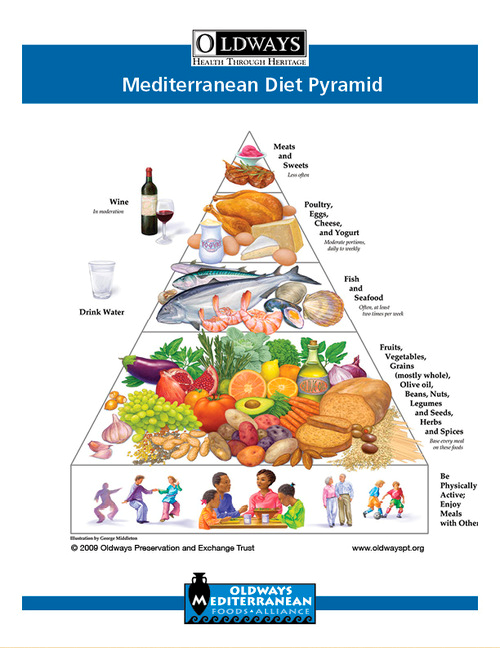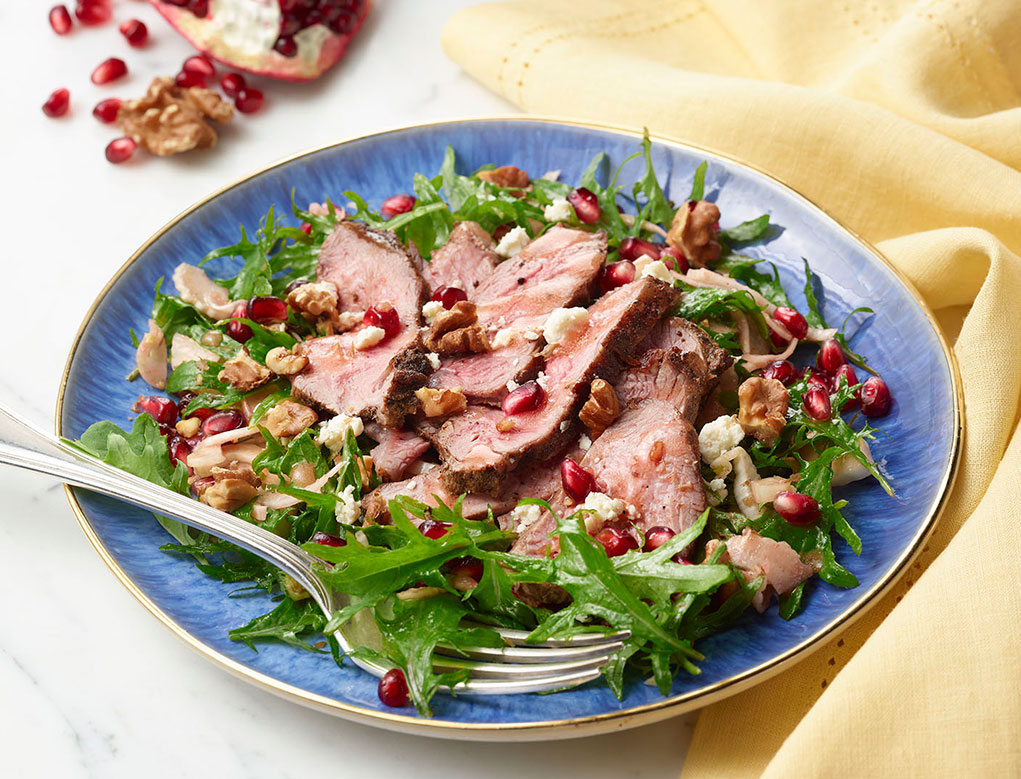Mediterranean Lifestyle: Tips for Bringing Joy Back to the Kitchen
It seems fitting that May is Mediterranean Diet Month: Springtime is a time for celebrations, and the Mediterranean-style eating pattern focuses so much on celebrating food and enjoying meals in the company of others. This lifestyle may be just as important for enjoying the many health benefits of the Mediterranean-style eating pattern as the food itself, yet it is something that is often overlooked when we talk about the “Mediterranean Diet” in pop culture. As we begin celebrating Mediterranean Diet Month, let’s take a moment to focus on lifestyle and how we can bring joy back to the kitchen.













